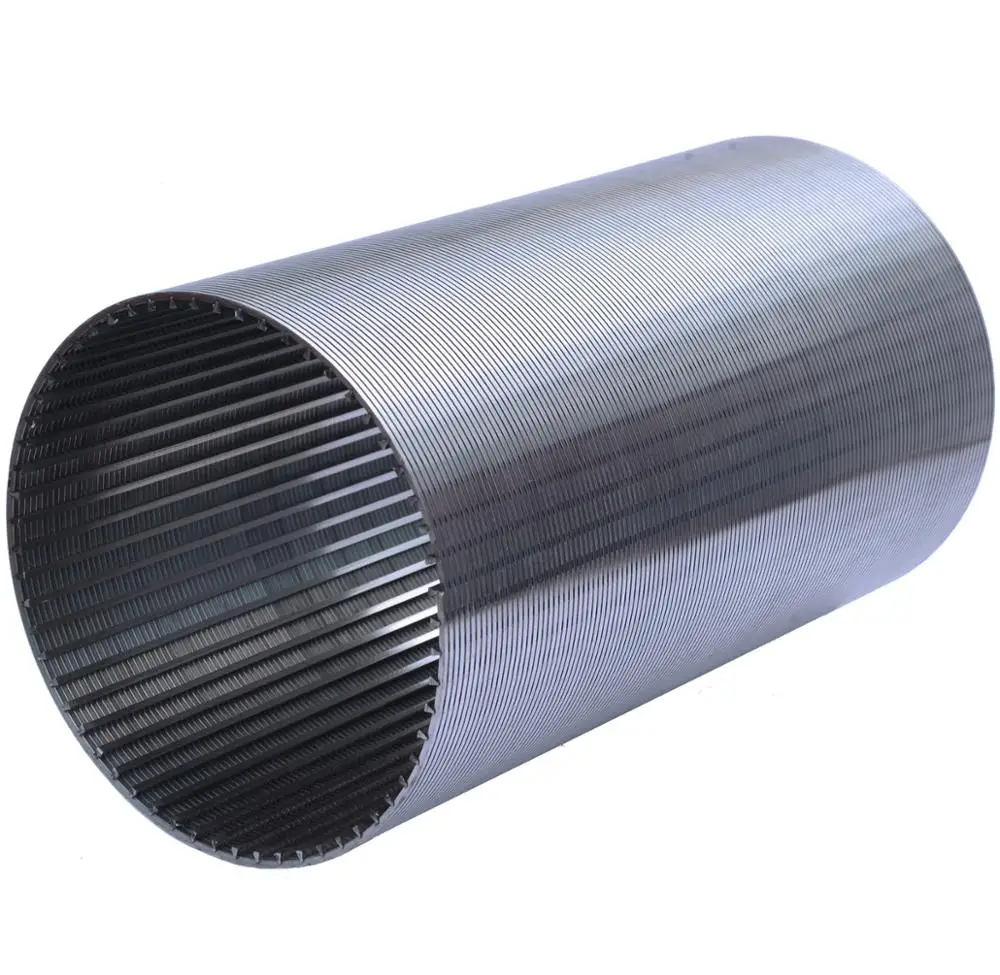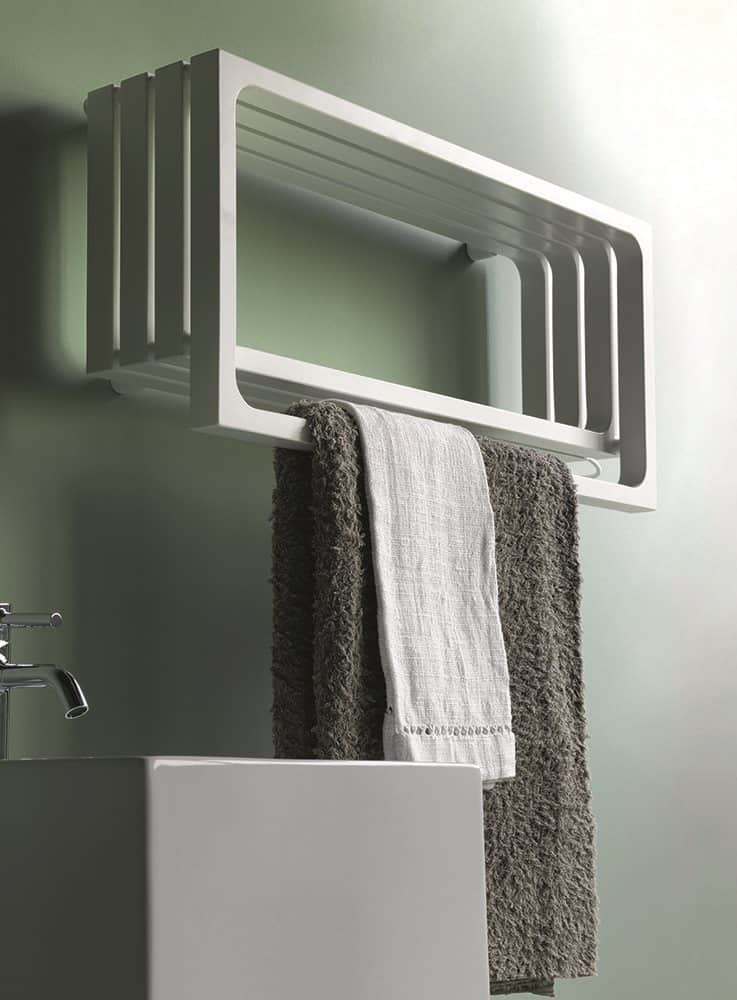Water Well Continuous Slot Screen

- Water Well Continuous Slot Screen Capture
- See Full List On Wedgewire-screen.com
- Cached
- Water Well Screens - Aqseptence
Big Foot Manufacturing produces wire wrapped on plastic pipe (W.O.P.) screens for the water well industry using Schedule 40 PVC or Schedule 80 PVC. These are manufactured by drilling holes in the circumference of the pipe and then wrapping and solvent welding tapered PVC wire around the outside diameter of the pipe. Slot widths are carefully controlled. In 1904, Edward E. Johnson founded Johnson Screens after developing the world’s first continuous slot wire wrapped screen to be used in a water well. Continuous wire wrap screen are very effective in wells of this type since they can be manufactured with very small slot size and yet still maintain the necessary open area to minimize frictional head loss.
BURGESS “EON” FIBERGLASS CONTINUOUS SLOT WELL SCREEN
COLLAPSE RESISTANCE GUIDE
- Pipe-base screen combines the hydraulic efficiency of continuous slot with the strength of pipe. This construction is recommended when high collapse resistance is required and also when the screens length generates a high longitudinal constraint. The pipe strength allows smaller wrap wires to be used yielding greater open area.
- Standard slot Boode CSS PVC Screen is the only PVC continuous slot screen on the market and is particularly effective for water wells where a high flow rate is required. An evolution from Boode Select screen, CSS offers exceptionally high percentage open areas, greater depth capability with increased collapse resistance.
MAXIMUM COLLAPSE RESISTANCE PRESSURE (psi)
| SLOT SIZE | 10 | 15 | 20 | 25 | 30 | 35 | 40 | 50 | 60 | 70 | 80* | 90* | 100* |
| SCREEN SIZE | |||||||||||||
| 4.5 In. I.D. | 600 | 580 | 560 | 540 | 520 | 500 | 480 | ||||||
| 6.5 In. I.D. | 415 | 400 | 385 | 370 | 360 | 345 | 330 | 315 | 300 | ||||
| 8.5 In. I.D. | 325 | 315 | 305 | 295 | 285 | 275 | 265 | 255 | 245 | ||||
| 10.5 In. I.D. | 260 | 253 | 246 | 239 | 232 | 225 | 218 | 211 | 204 | ||||
| 12 In. I.D. | 225 | 216 | 207 | 198 | 189 | 180 | 171 | 162 | 153 | ||||
| 16 In. I.D. | 185 | 165 | 145 | 125 | 105 | 85 | 65 | 45 | 25 |
* Slot sizes 80, 90 and 100 in 16″ I.D. are manufactured by special order only — “NO WARRANTY”
NOTES:
1. This chart is for quick evaluation of proposed installations. Use only for preliminary assessment.
The above specifications are designed for Burgess “EON” fiberglass continuous slot well screens. All specifications and properties specified above are approximate. Specifications and properties of material delivered may vary slightly from those given above. Burgess Well Company makes no representations of fact regarding the material except those specified above. No person has any authority to bind Burgess Well Company to any representation except those specified above. Final determination of suitability of the material for the use contemplated is the sole responsibility of the Buyer. Burgess Well Company sales representatives will assist in developing procedures to fit individual requirements.
The Science of Slotted PVC/HDPE screen.
Hello, I need some slotted screen for my well. Can you help me? This is sometimes a common question and all the information we get to work with. The truth and science behind this scenario can be overwhelming, but by asking a few more questions we can offer the exact product for your specific job.
Lets start with the raw material. There are several plastics used throughout the world for water wells. The type of well you have has a lot to do with which material is used. In addition, the type of well installation may change your request for the raw material.
PVC, CPVC and HDPE are the most common materials used today. Whether you are sleaving an existing well, installing a new monitoring well or drilling a leachate collection system, one of these materials will surly be asked for.
There are 2 basic requirements for these products.
The casing. The casing is the pipe itself. It is available in a few basic configurations. The most widely available is belled end or solvent weld. One end of the pipe is extruded so that the belled end slips over the plain end and can be glued together with PVC cement. This works well for horizontal applications but is not very strong for deep vertical wells. The ASTM F-480 thread is another option. This is a flush joint thread which has a square thread machined directly on each end of the pipe utilizing the wall thickness of the pipe to accommodate the thread. The big advantage of this thread is that the joint is “flush”. There is no joint to catch on going down the hole or for tooling to snag while inside of the pipe. “NPT” of National Pipe thread is one more option, but requires a threaded coupler to join the pipe together.
The Screen. Slotting the raw PVC material is usually an easy task. Typically, a machine will have an arbor loaded with slitting saw blades and the machine will travel lengthwise along the pipe slotting as it goes. Farwest Special Products in Edgewood, WA has six of these machines, 2 of which are CNC controlled. “We are able to slot just about any configuration, in just about any size of pipe from ¼” through 24” diameters” says Dave Baca from Farwest. Dave has been with the company, formerly known as Aardvark Corporation for 17 years, and has seen just about every slotting configuration possible. The biggest concern when it comes to knowing what to order will be the amount of open area. Open area is calculated in the following manner.
Multiply the slot width x the slot length (inside of pipe) x number of slots /row/ft x number of rows around the diameter. The spacing of the slots and the slot width will determine the number of slots /row/ft. For example.

.020” slot width x 1.0” slot length x 42 slots/row/ft x 6 = 5.04 sq. In / ft of screen.
This dimension is based on 4” schedule 40 PVC pipe with a minimum I.D. slot length of 1.0 inches and ¼” spacing between the slots.
Using these numbers of open area, we can then multiply the amount of open area / ft to .3117 and have what is called intake velocity per foot of screen. The answer from the above formula, 5.04 x .3117 = 1.5709 G.P.M. per foot of screen. You can then take that out to a 10 foot length of pipe and so on. This information will be very helpful because of two major concerns. The first is the size of soils you are trying to keep out of the screen. In fine sands a slot width of .060” will allow that material smaller than .060” to come into the screen, eventually blocking the screen. The .020” wide slots will keep most of the fine sands out of the screen yet allowing the water to pass through the slots without bridging.
The second concern to look at is the production of the well. The “science” or better described; magic of determining the size of screen is combining the soil size and the well production to allow the most amount of water into the well and screening out the soil. A Hydrologist will perform most of this work if one is hired for the site work. If not, you will need to look at your drill cuttings while you are drilling and make that determination where you find the water.
The production of your well can be made adequate or diminished based on the size and type of screen used. These basic steps should help you choose the correct PVC screen for each job.

- Diameter of screen: You will know this when drilling the well.
- How many rows of slots around the pipe.
- The width of the slots.
- The spacing between each slot.
- What type of joint will you need?
Once this data is available the pipe can be slotted and threads machined on the pipe and shipped worldwide to your jobsite. As slotted PVC and HDPE have several market fields, many construction companies are also switching to slotted pipe versus perforated pipe for their drainage needs. Slotted screens have approximately 60 percent more open area per foot than conventional perforated pipe. There is also less chance for bridging, which can cut down the intake velocity.
Water Well Continuous Slot Screen Capture
Joints: Joining the casing and screen will be another important issue to think about. After all, if you buy a screen made from 4” schedule 40 PVC with a belled end, how will you join that to the 4” schedule 40 ASTM F-480 PVC casing ?
Typically, when installing monitoring wells, there are 4 basic parts when talking about the pipe. Starting at the bottom, they are…
1.Bottom plug or End plug: This is usually a 6” long length of PVC pipe with a female flush joint thread on one end, and a cap machined on the other end.
2.The PVC screen, which also has the flush joint threads, would screw into the bottom plug. The screen length will be determined by the driller depending on where the water is.
See Full List On Wedgewire-screen.com
3.Attached to the screen is the flush joint casing. The casing would then be installed to the surface.
4.The last part of the well is a locking well cap. These are made from steel or PVC and have a rubber gasket to seal any objects from entering the well as well as a locking device to prevent vandalism.
ASTM F-480: This is a standard in ASTM, which relates specifically to the threads on plastic pipe as well as metal pipe. First introduced to ASTM by Aardvark Corporation (now Farwest Special Products) in 1972 and was developed as a fast connecting yet strong thread for horizontal water well drilling. After several thousand dollars of testing, it was introduced to ASTM where they performed some of their own testing and made it a standard. Today, The F-480 thread is used world wide in a multitude of applications from monitoring wells, piezometers, edge drains and dewatering wells.
The biggest advantage of the F-480 threads is the fact that there is no ridge or lip when the joints are screwed together. The outside diameter and the inside diameters are flush with each other.
Another distinct advantage is the tensile strength of the thread. In a vertical application, such as a monitoring well, 2” schedule 40 PVC with ASTM F-480 threads will hang 1400 lbs. If you calculate the weight of the pipe itself at .689 lbs/ft, you are able to install 2000 feet of pipe with a .2 percent safety factor.
In a study by the United States Department of the Interior in July of 1989 publication (R-89-06) by Jay Swihart, the Applied Sciences Branch concluded the following summary.
“ The research results confirm that PVC casing and well screen are highly suitable for many well applications and that strengths of most components are adequate for deeper installations than originally considered. The results also show that the collapse strength of most components can be accurately predicted by simple stiffness tests; however, there are still concerns about collapse at elevated grouting temperatures that were not addressed. Shortcomings of PVC well components include low pressure ratings of flush threaded joints and low tensile strengths for some joint systems. These problems should be investigated further.”
These issues were investigated further and the result was the introduction of the o-ring seal at the base of the male thread. The afore mentioned study by the Department of the Interior went on to state “ASTM recently approved a threaded joint standard (ASTM: F-480) which requires an O-ring gasket. This standard along with computerized machining operations currently being perfected by the manufacturers should improve the watertightness of these threaded joints.”
The main reason for the ASTM Standard (ASTM F-480) is compatibility. How many of you have ordered flush joint pipe from two vendors and found that they do not match up or thread together. This is an issue that continues to haunt us even today. I have found that you should ask for ASTM F-480 threads if you need to have all of the joints mate up. Some manufacturers of threaded casing and screen are advertising, “flush joint pipe”, and that is exactly what you will receive. There is likely no testing or data provided for these joints. Do you really want to fish out 200 meters of pipe due to a faulty joint? ASTM and their standards are known world wide and used worldwide. The compatibility and versatility depends on your choice of the type of products you order. The correct choice will cause fewer headaches in your planning and scheduling.

Cached
Contributed by:
Dave Baca
Water Well Screens - Aqseptence
Farwest Aircraft - Special Products Division
800-438-3808
dave-b@farwestair.com
www.farwestair.com/products